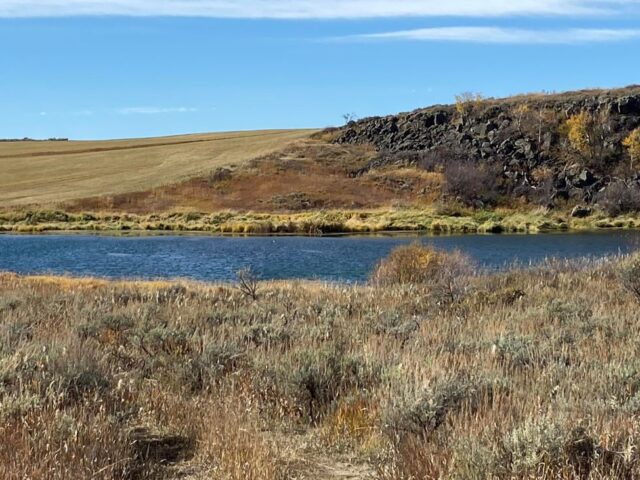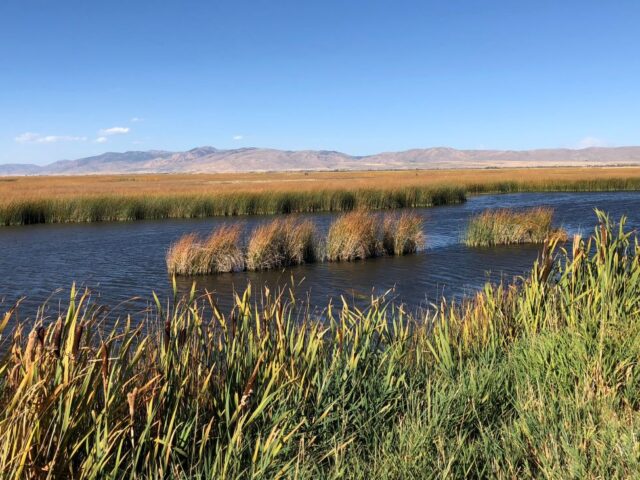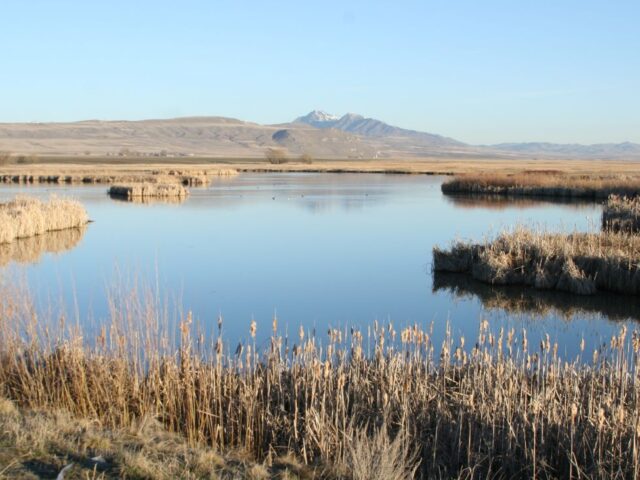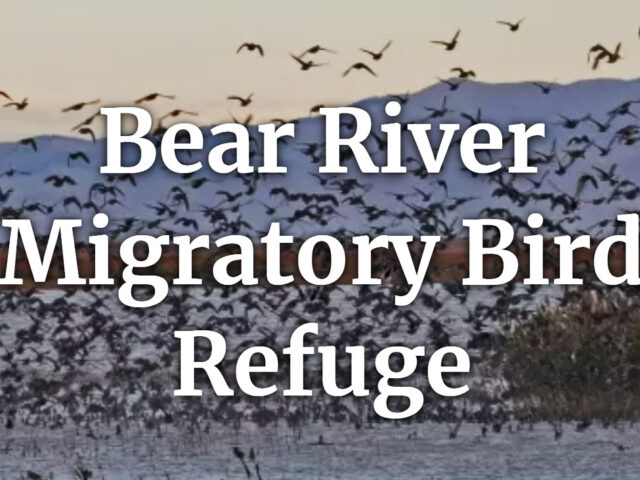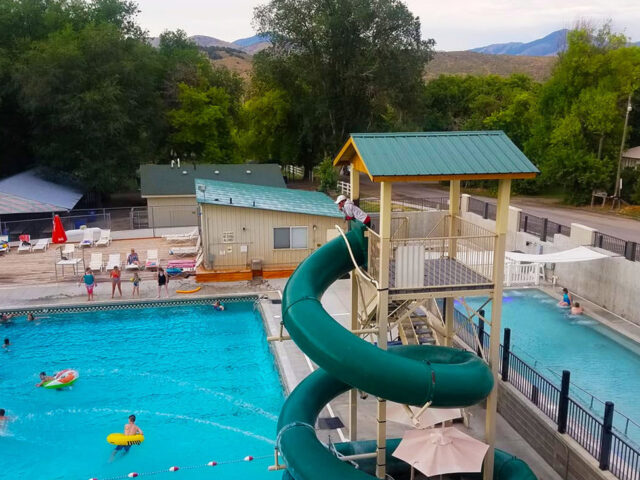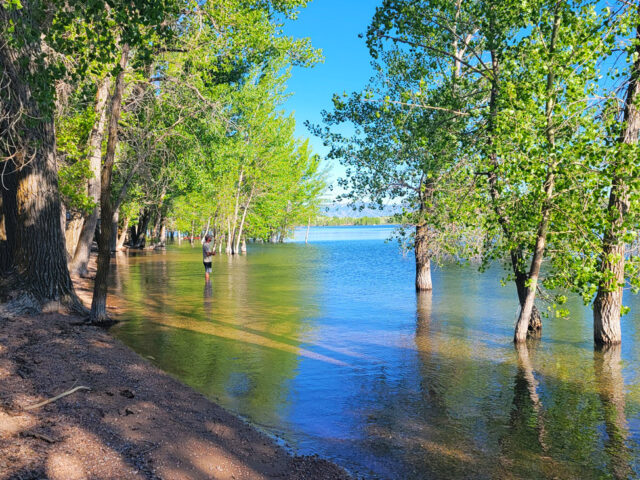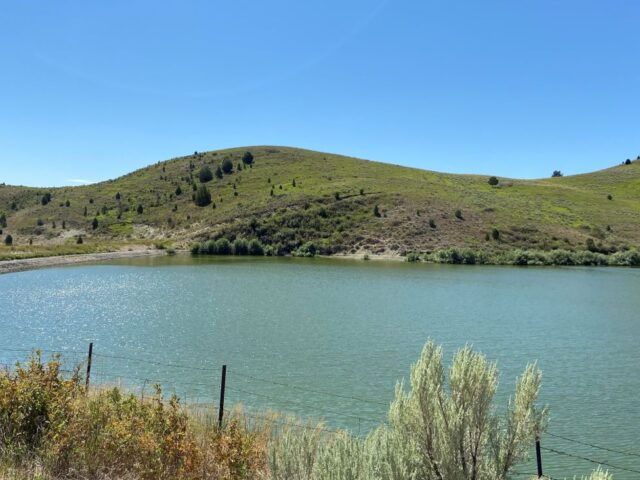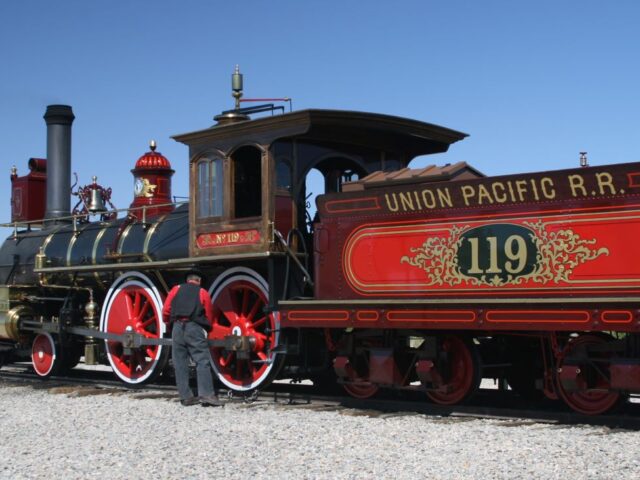Category: Birding Areas
Use our map to find great bird watching sites! Birding is a popular hobby in Northern Utah and Southeast Idaho with many bird species in the area.
Birding Trails in Southeast Idaho Map & Guide
Self-guided Birding Tour Brochure of Cache Valley
Choose An Experience!
This site offers song birds, birds of prey, marine birds, marsh birds, and water fowl. There is also camping and restrooms available here. Visit this site any season.
View moreBirding area. Song birds, birds of prey, upland birds, water fowl, as well as Sandhill Cranes, Sharp-tail Grouse and Sage Grouse. Local habitat includes farmland, and mixed forest. Visit this site any season but winter.
View moreAll 45 birding sites are listed and each species is indexed on the chart in the publications Birding Trails in Southeast Idaho Map & Guide.
View moreThis is a great area for birds with plenty of song birds, birds of prey, shore birds, marine birds, upland birds, marsh birds, water fowl, Sandhill Cranes and Trumpeter Swans. Visit this site any season.
View moreThis area contains wetland and juniper habitats, expect to see song birds, birds of prey, upland birds water fowl. Some visitors have seen Trumpeter Swans in the winter, as well as Wild Turkey, Eagle and Osprey. Visit this site any season but winter.
View moreThe Bear Lake National Wildlife Refuge is located on the north shore of Bear Lake. Over 18,050 acres of the Dingle Swamp, open water and grasslands have been dedicated to preserving bird and wildlife habitat. The reserve is home to sandhill cranes, herons, snowy egret, white pelicans, Canada geese and…
View moreCutler Marsh was created by the shallow water of the Bear River at the head of the Cutler Reservoir. It is best viewed from the bridges where roads cross the marsh, and the boat docks (restroom here), or by canoe. Expect many waterfowl and shorebirds. A 2.5 mile loop trail…
View moreBirding is good all the way up High Creek to the trailhead at the roads end. Look for Winter Wren (June), American Dipper, Plumbeous Vireo, and Western Tanger. The scenery is also outstanding. Several trails depart from the trailhead and provide access the high mountain habitats within Mount Naomi Wilderness….
View moreThis beautiful reservoir is surrounded by ranches and farmland and features many fishing opportunities. Some of the fish you can find here are rainbow trout, largemouth bass and cutthroat trout. Be aware that no watercrafts of any kind are allowed on this reservoir.
View moreThe stunning aqua-blue waters of Bear Lake are the main feature of Bear Lake State Park. Enjoy a variety of activities in their seasons-waterskiing, sailing, swimming, scuba diving in summer. Year-round fishing for cutthroat, mackinaw, cisco, and whitefish. Join the fun of ice fishing in January during the annual Cisco…
View moreThis reservoir features shore birds, marine birds, upland birds, marsh birds, water fowl, Sage Grouse and many Sandhill Cranes in fall. Habitat includes wetlands, shrub steppe, and farmland. Visit this site any season but winter. There are also a variety of fish including Cutthroat Trout, Rainbow Trout, Smallmouth Bass, and…
View moreThis is a popular birding area with song birds, birds of prey, marine birds, marsh birds, water fowl, nesting sandhill Cranes and Trumpeter Swans. Visit this site any season but winter.
View moreNesting Species include Black-headed Grosbeak, Yellow-headed Blackbird, Gray Catbird, Yellow Warbler, and Song Sparrow: Bonaparte's Gull, Bald Eagle, Common Tern, Hooded Merganser, and Common Loon in the fall and early winter. Visit this site any season. Get more information about Willard Bay on their website listed below. Boat, swim, water…
View moreLucin, a small settlement that served a stretch of the Southern Pacific Railroad that is now abandoned is a west desert oasis sometimes referred to as a "warbler trap." At first glance Lucin looks like a small pond with some surrounding trees, but it is much more, especially during spring…
View moreThis wetlands area offers song birds, shore birds, marine birds, marsh birds, water fowl, and Sandhill Cranes. Visit this site any season but winter. 1 mile east of Oxford, Idaho. Take Westside Highway north, from Dayton or south from Swan Lake.
View moreIn the early 1900s the Hopkins family homesteaded the site where this hot springs was developed, and for many years it was known to locals as Hopkins Hot Springs. You can read about the interesting history of this family and the original uses of the site at the front desk…
View moreAmazing numbers of birds can be viewed in Spring, Summer and Fall, at this world-famous national wildlife refuge. Nearly 74,000 acres of marsh, mudflat, seasonal wetlands and uplands attract shorebirds, waterfowl, herons, grebes, gulls, eagles, hawks and many other birds. “Throughout the refuge’s long rich past, it has not only…
View moreThis site offers Northern Harrier, Bald Eagle (winter), Cinnamon Teal and Sandhill Crane. Directions on how to get there are available on the website. Take the Corrine exit off I-15. When you get into the town of Corrine follow the signs that point you in the direction of the Golden…
View moreCome walk the recently built Holmgren Nature Preserve Trail complete with interpretive and educational signs. This is the first of a planned trail system within the Malad River Corridor. The preserve is 14.23 acres of ground in and around the wetlands of the Malad River and is 10′ wide and is…
View moreThis reservoir features many types of birds, such as song birds, upland birds, marsh birds, water fowl, and more. Visit this site in spring and summer.
View moreNatural hot water flows year round through the large swimming pool and hot pools at Downata Hot Springs. The clubhouse provides changing room and lockers plus a café and game room. A zero depth water playground with water toys is popular with children. Two large hydrotube rides thrill all ages….
View moreThis wetlands area offers song birds, marsh birds, water fowl, and many loons in the spring. Visit this site in spring and summer. Day use or camping fees are required and paid at the west entrance. Boats and watercraft must be inspected for Quagga mussels, before being allowed on the…
View moreWeston Creek Reservoir is a beautiful spot just 15 minutes outside of Malad, Idaho. You can enjoy fishing and birdwatching. No fishing from boats or rafts allowed, but you can have float tubes. Visit this site in the spring and summer as it is closed off during the winter.
View moreRiverside Nature Trail is one of the best birding spots in Logan Canyon. Look for Fox Sparrow, Orange-crowned Warbler, Hermit and Swainson's Thrush, Gray Catbird, Lazuli Bunting, Lincoln's Sparrow, Warbling Vireo, and Cordileran Flycatcher. Near Spring Hollow Campground is a small reservoir good for viewing Barrow's and Common Goldeneye during winter….
View moreThis reservoir is a great place for boating, fishing, swimming, and birdwatching. Local fiah include rainbow trout, channel catfish, blue gill, perch and small mouth bass. It has two boat access ramps with docks at Oregon Trail Park and Marina, located just off of Hwy 30 and two day use…
View moreThe only national grassland in the intermountain West, the Curlew National Grassland was established in 1960 to improve soil and vegetation and promote sound agricultural practices. The land was cultivated and farmed in the early 1900s, and you can still see evidence of many old homesteads in the area. The…
View moreOn May 10, 1869, the final spike was driven, completing the transcontinental railroad and revolutionizing travel across North America. Visit Golden Spike National Historic Site, and witness historic reenactments and locomotive demonstrations, and participate in ranger programs and films. You can take a self-guided auto tour over historic railroad grades. Within…
View moreBear River Meadows / Crawford Mountain Road is for the birdwatcher. This site offers Sandhill Crane, Long-billed Curlew, and American Bittern.
View moreThis preserve established by the Nature Conservancy protects travertine terraces and crystal clear pools and a unique wetland complex at the base of the scenic Aspen Mountains. The cold springs that feed the terraced pools and creek system deposit high concentrations of travertine (calcium carbonate), which gives the site its…
View moreBirdwatchers can expect to see the Double-crested Cormorant, and the Dusky Flycatcher. There is also a campground next to the reservoir. For more birding, drive up either Old or New Canyon west of the reservoir.
View moreThe Amalga Barrens is a salt playa wetlands habitat several square miles in area with little human activity. Expect to see marsh birds, birds of prey, and many shorebirds. This site is on private lands, so please stay on the road to view wildlife. It's located in the center of…
View more



